Gardening has always had its challenges—like the time the raccoons got most of my sweet corn. (The fuzzy vandals had taken a few bites out of each ear and then just cast them aside with little regard for all of my hard work.) But I’ve noticed that—little by little and year after year—gardening seems to have become even more challenging.
Many gardeners now must contend with more extreme weather events, extended periods of heat and drought, unchecked insect pests and many other climate change-related troubles.
But that doesn’t mean we need to give up on our gardens. The Climate Change Garden: Down to Earth Advice for Growing a Resilient Garden, co-authored by Sally Morgan and Kim Stoddart, aims to help gardeners everywhere to become more climate-wise—and to grow more resilient gardens as a result.
Based in Somerset, England, Morgan operates a 100-acre certified organic farm. She’s also edited the U.K.-based Organic Farming magazine for the last decade.
“My time with Organic Farming has brought me into contact with some inspiring farmers and growers,” she says. “Looking around their holdings and attending conferences, such as the Oxford Real Farming Conference, has given me new insights on how they cope with the extremes of climate.”
Those insights helped to inform The Climate Change Garden. According to Morgan, a couple of keys to more resilient gardens include developing healthy soil and a healthy soil food web—both of which can help to mitigate the effects of today’s “topsy-turvey climate.”
Read more: Prepare your farm for climate change with these tips!
Do Not Disturb!
“I’ve not dug my soils for 20 years or more,” she notes. “Instead, [I] have moved to no-till, where the soil is left undisturbed as much as possible.”
But what if you have your heart set on turning over your garden beds each season? “For those who still like digging, I point out that every time you bring soil to the surface, some of the carbon is lost,” Morgan says.
That newly released carbon contributes to the warming of the planet. What’s more, Morgan continues, “The soil structure is disrupted, and you lose water retention capacity. [Digging also] damages the network of fungal hyphae in the soil that are so important for plant health.”
Digging also brings weed seeds up to the surface where they’re more likely to sprout. This, in turn, necessitates more work from you—removing the unwanted plants. To keep weeds down, lock in moisture and protect the soil, Morgan recommends adding a thin layer of compost to your gardens in the fall, as well as mulching during the summer.
Extra Protection
Morgan further protects her soil by growing living mulches like clover and nasturtiums underneath her crops. She explains, “[Living mulches are] low-growing, carpeting species.”
(Not only does clover fix nitrogen in the soil, but its flowers, along with the nasturtiums, attract pollinators.)
She continues, “I am…



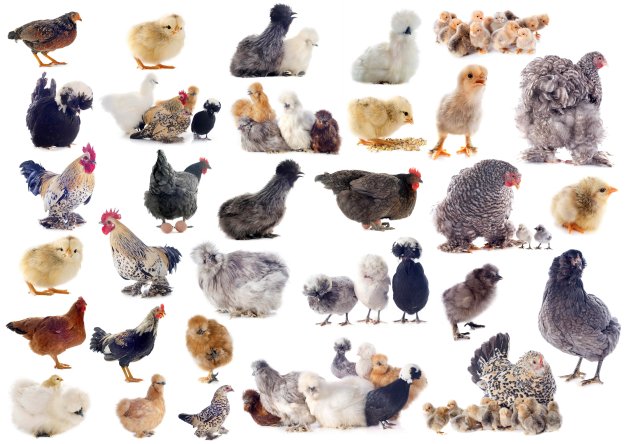

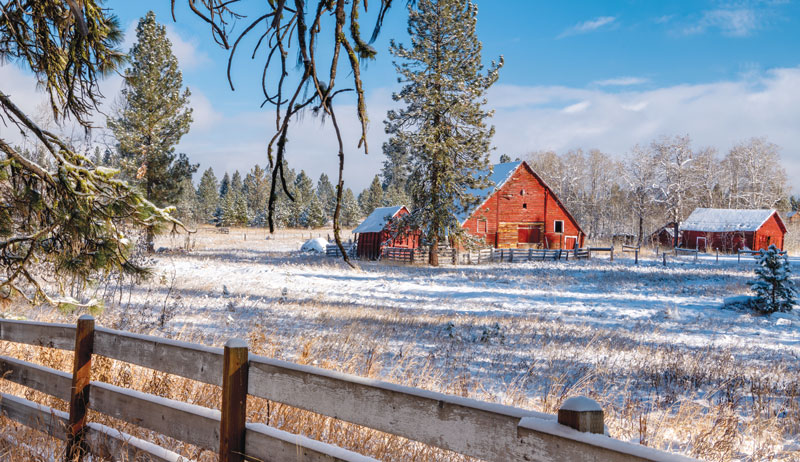
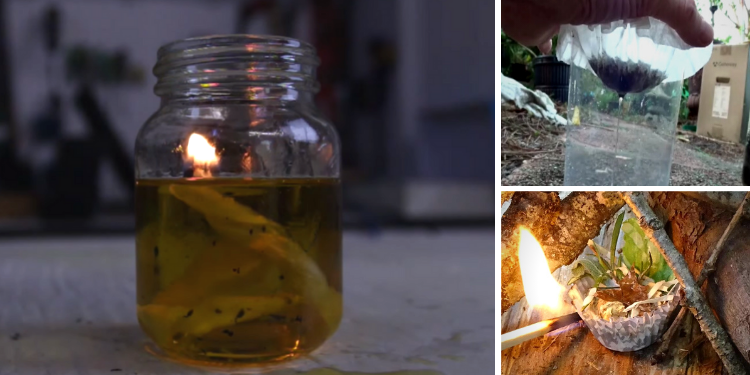
 Coffee filters soaked in wax make great fire starters.
Coffee filters soaked in wax make great fire starters.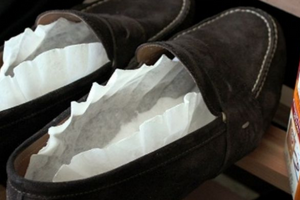 Got ashes on your clothing or in your hair? No problem! Just rub them away with a dry coffee filter.
Got ashes on your clothing or in your hair? No problem! Just rub them away with a dry coffee filter.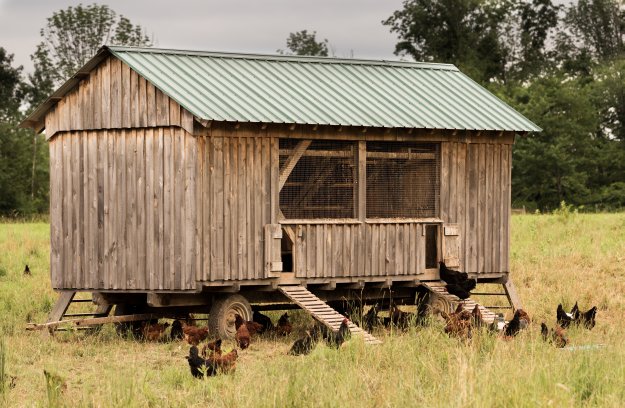

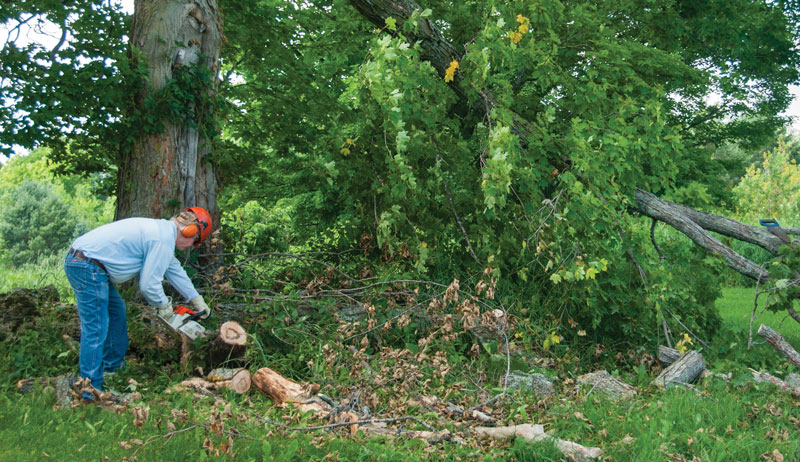
 Daniel Johnson
Daniel Johnson 